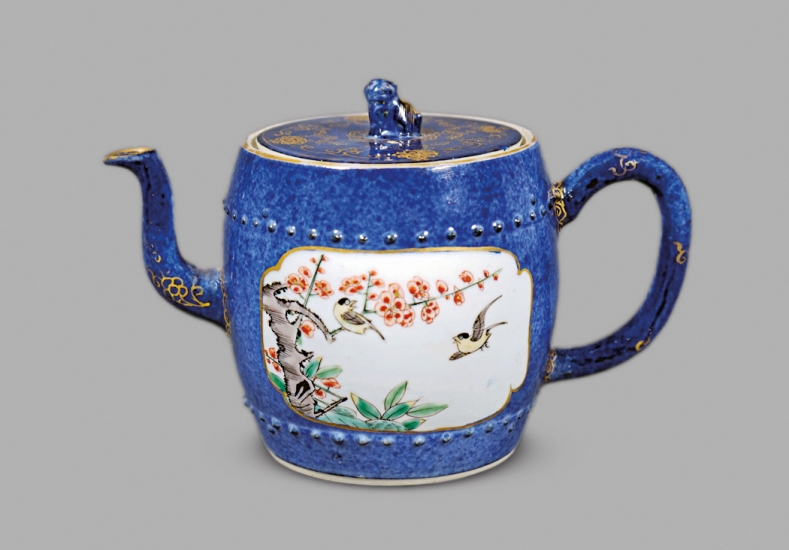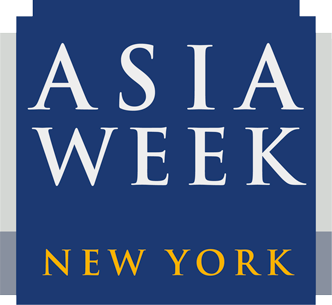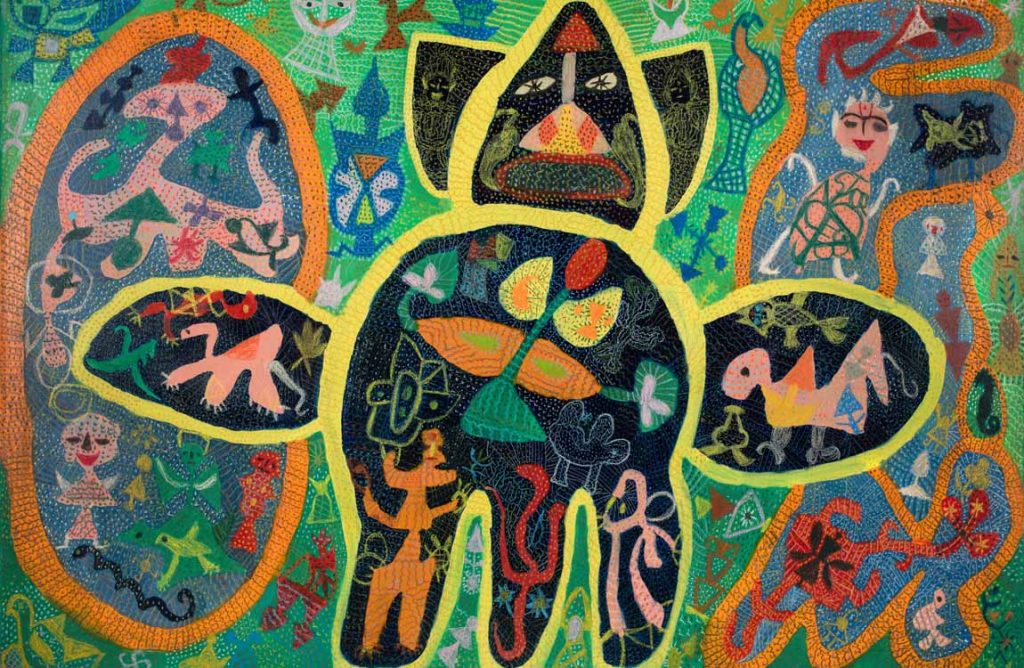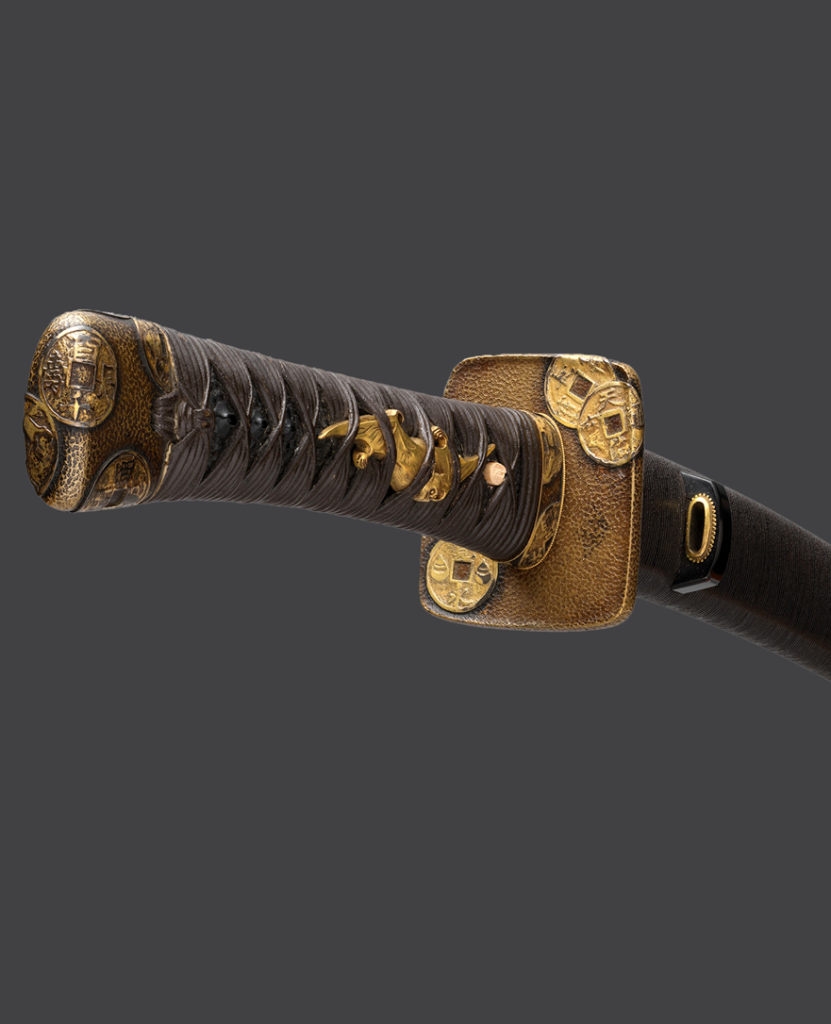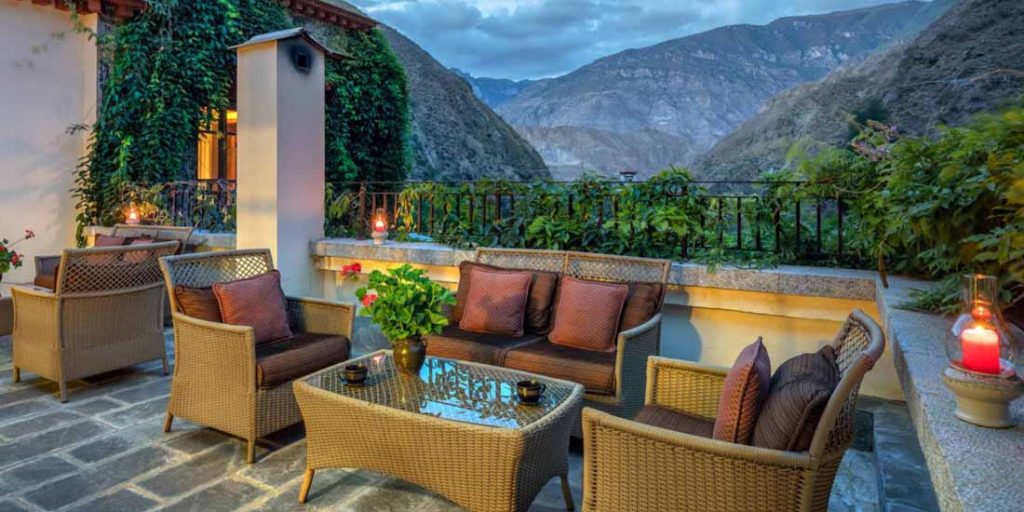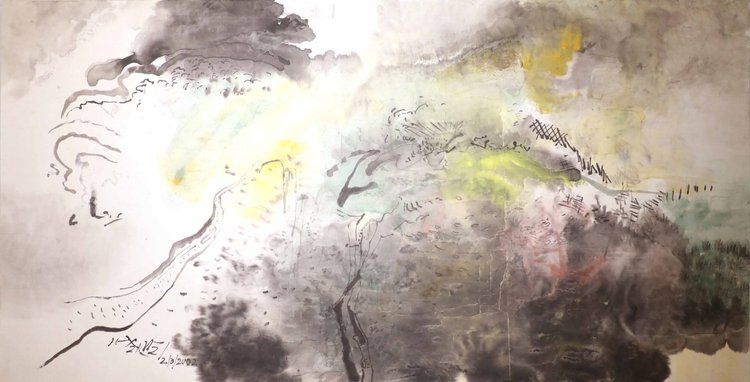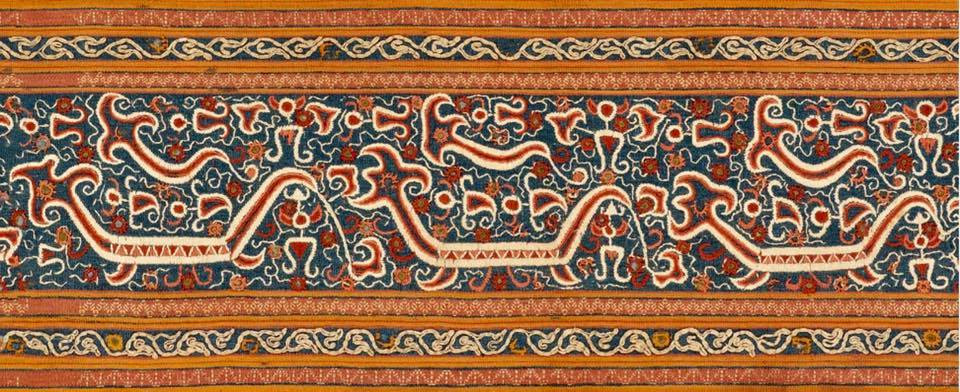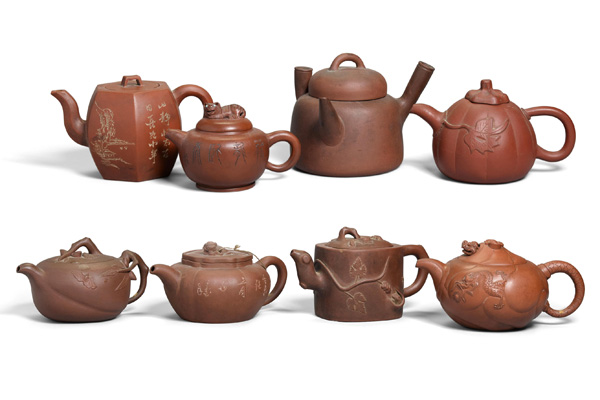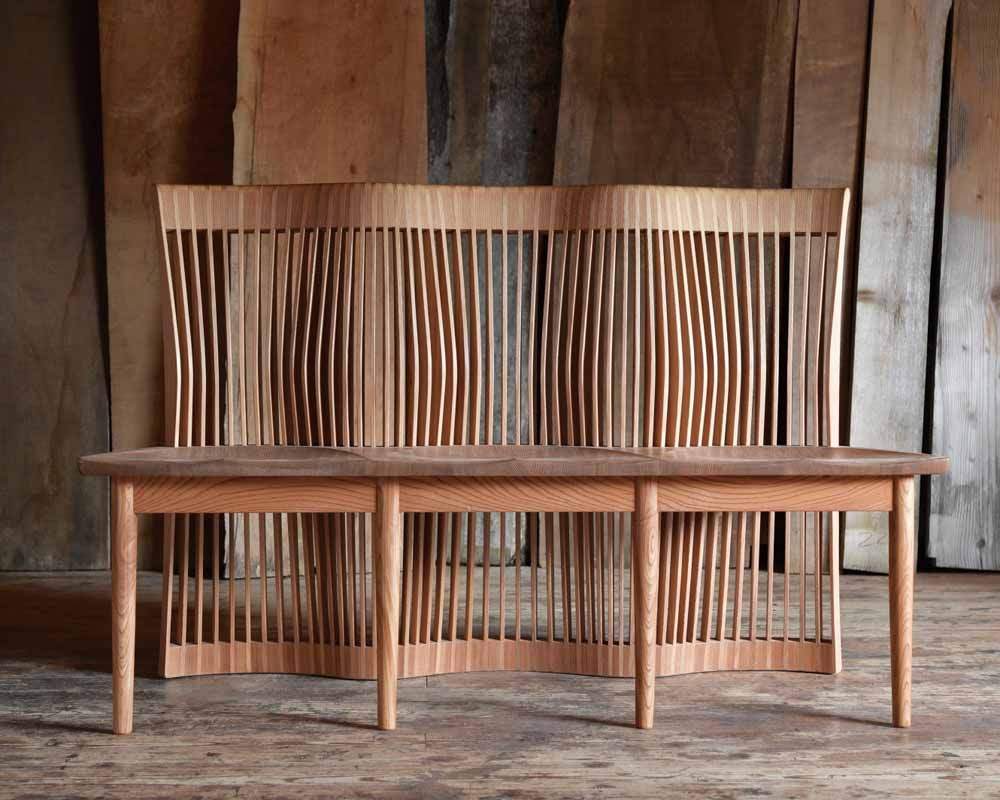Madhvi Parekh, Sea God, 1971, oil on canvas, 48.0 x 72.2 in.
With the confluence of Asia Week New York and Women’s History Month, Josheen Oberoi, Vice President and Director of DAG’s New York branch, was inspired to suggest to the DAG global team the idea to assemble an exhibition of works by Indian women artists. The result, curated and led by Kishore Singh, Senior Vice President and Head of Exhibitions and Publications, is the exhibition A Place in the Sun: Women Artists from 20th Century India, on view at DAG’s NY gallery in the Fuller Building until May 28th. While this plan met the immediate goal of presenting a multifaceted and engaging exhibition of works by several accomplished Indian modern artists, many of which have now been sold, it also supported Oberoi’s goal to expand awareness, especially in the United States, of the work of this overlooked cohort.
Josheen Oberoi is a gallerist and curator based in New York. Prior to joining DAG, an international gallery that specializes in South Asian modern art, Oberoi worked as Director at Tyler Rollins Fine Art, with a focus on contemporary Southeast Asian art; Saffronart, as a Specialist in South Asian Art; and Bodhi Art as a gallerist and Associate Curator. She also worked for Miditech, where she helped produce documentary series on Indian art and architecture and other projects for the BBC. She has an MA in medieval Indian history from Jawaharlal Nehru University, New Delhi and an MA in South Asian art history from Florida State University.
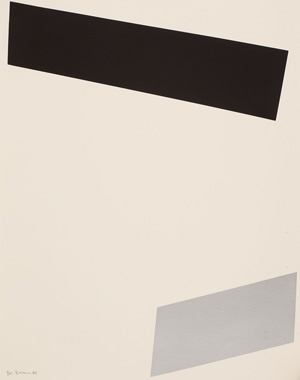
Zarina Hashmi, Untitled, serigraph on paper, 1971
Despite the recognition of a few women artists, both through exhibitions such as those devoted to Zarina Hashmi and Mrinalini Mukherjee, and the inclusion of Arpita Singh in Asia Society’s Triennial in 2020, and through auctions where works by artists such as Amrita Sher-gil have recently sold for approximately US$5million, viewers in the U.S. have little chance to see or learn about artists such as those included in DAG’s current show. A Place in the Sun focuses on artists who lived and worked primarily in the mid to late 20th century, who have often been overlooked, as they fall between the artists who emerged before them at the beginning of the modern period and those that came after them as part of the contemporary art expansion. Some better known artists, including Zarina, whose name people recognize, are included alongside lesser known ones, such as Anupam Sud and Madhvi Parekh, that expands the audience’s knowledge of the field. By deliberately limiting the number of artists represented to ten, and by including several works by each, the exhibition is better able to demonstrate each artist’s breadth.
Oberoi feels strongly that education and presenting information in a variety of forms are key in the long term. Therefore, this exhibition is accompanied by and related to several informative productions. A Place in the Sun has an extensive online catalogue, available here. Similarly, DAG has produced a monograph on the artist Gogi Saroj Pal. Oberoi also presented an overview of the exhibition to the Foreign Press Association in a recorded conversation with Sarab Zavaleta. An example of the challenging thoughts that were discussed was to consider how unusual in world art history it is for a male model to be presented as Anupam Sud did in Couch Potato (to watch the recording, click here.)

L-R: DAG’s publication on the work of Gogi Saroj Pal; Josheen Oberoi presenting DAG New York’s current exhibition for the Foreign Press Association in March.
In future, Oberoi and the DAG team are planning more exhibitions of great art, varied and informative programs, and personal outreach to “make information and resources available” and thereby “create access” for more people to discover and enjoy the inspired and inspiring work of India’s modern women artists. In the near term, for example, Oberoi is planning a walkthrough with a NY curator and a talk by an academic that investigates the interface between women in cinema and art in the early and mid 20th century. (Stay tuned here and to DAG's website for more details.)
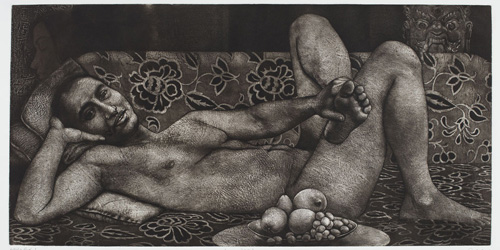
Anupam Sud, Couch Potato, etching and aquatint on paper, 2007
